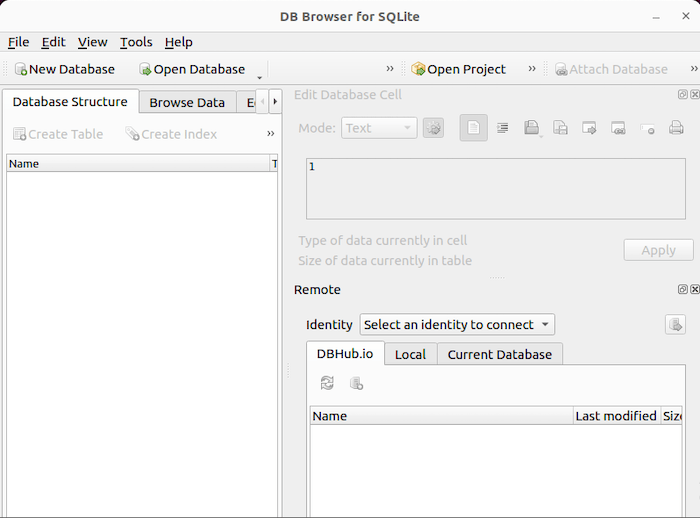How To Install SQLite on Fedora 37

In this tutorial, we will show you how to install SQLite on Fedora 37. For those of you who didn’t know, SQLite is a free, lightweight, fast relational database management system contained in a C library. It’s a popular solution for applications that need to use on-disk files formatted as lightweight databases to run efficiently. The software is a popular choice for local/client storage such as web browsers, Android devices, and much more. The list is quite extensive.
This article assumes you have at least basic knowledge of Linux, know how to use the shell, and most importantly, you host your site on your own VPS. The installation is quite simple and assumes you are running in the root account, if not you may need to add ‘sudo‘ to the commands to get root privileges. I will show you the step-by-step installation of SQLite on a Fedora 37.
Prerequisites
- A server running one of the following operating systems: Fedora 37.
- It’s recommended that you use a fresh OS install to prevent any potential issues.
- SSH access to the server (or just open Terminal if you’re on a desktop).
- A
non-root sudo useror access to theroot user. We recommend acting as anon-root sudo user, however, as you can harm your system if you’re not careful when acting as the root.
Install SQLite on Fedora 37
Step 1. Before proceeding, update your Fedora operating system to make sure all existing packages are up to date. Use this command to update the server packages:
sudo dnf upgrade sudo dnf update
Step 2. Installing SQLite on Fedora 37.
By default, the SQLite package come in the default repository of Fedora 37. Now run the following command below to install the SQLite package to your Fedora system:
sudo dnf install sqlite
Once installation is completed you can check its version by using the following command:
sqlite3 --version
In addition, the SQLite brings features graphical browser and is a high-quality, graphical, open-source tool to create, design, and edit database files compatible with SQLite. If you prefer an application with a graphical user interface (GUI), install the SQLite browser package:
sudo dnf install sqlitebrowser
Step 3. Accessing SQLite on Fedora 37.
Once the SQLite installation is complete, you can start SQLite by typing sqlite3 in the terminal or going to Activities -> search for SQLite.

Congratulations! You have successfully installed SQLite. Thanks for using this tutorial for installing SQLite on your Fedora 37 system. For additional help or useful information, we recommend you check the official SQLite website.